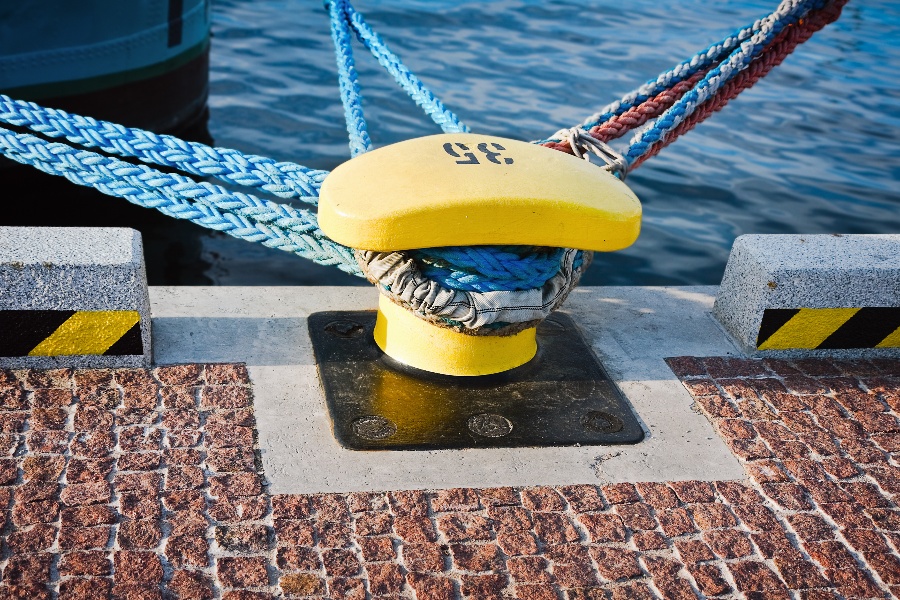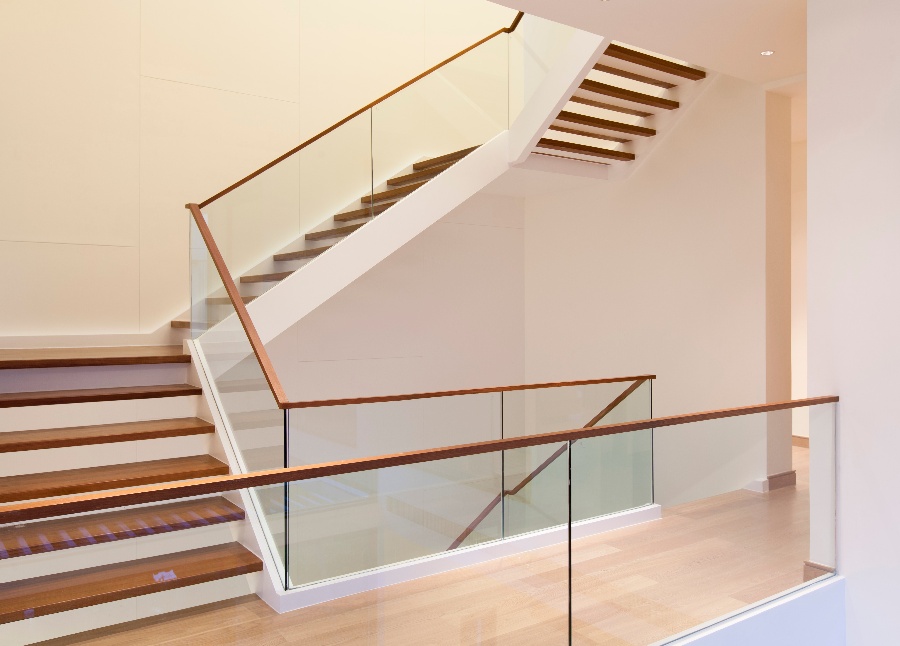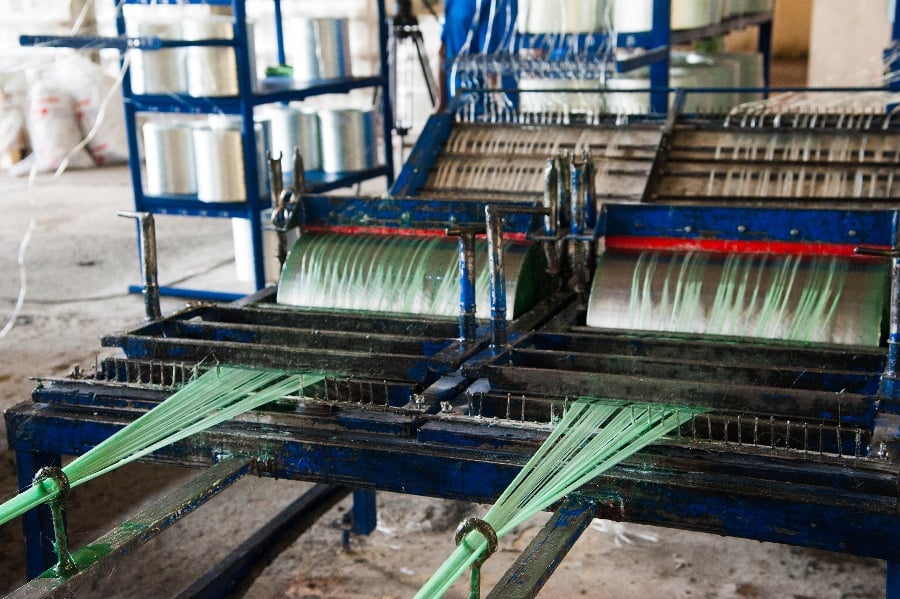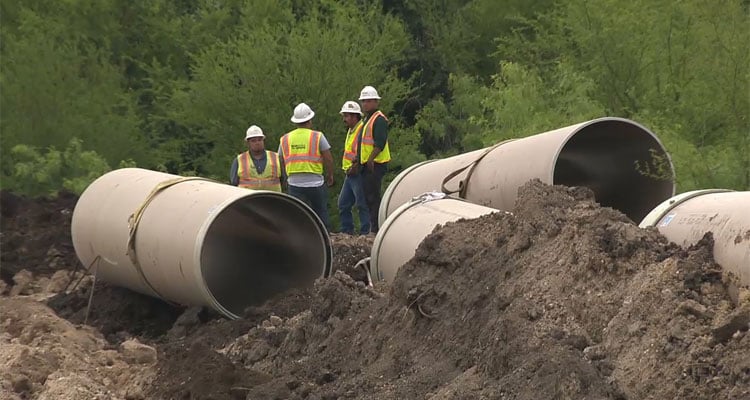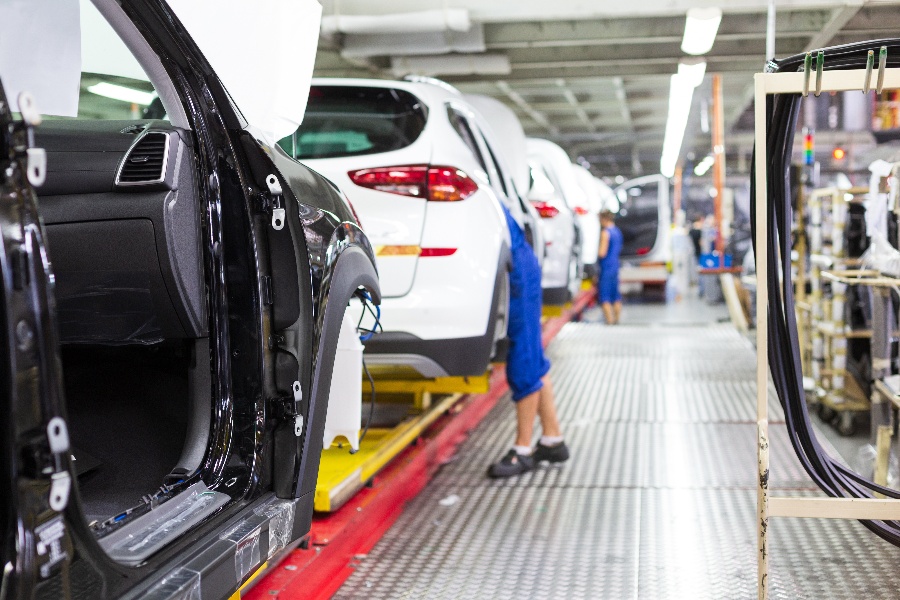
Structural failure is an ever-looming danger in many building projects, and the potential damage it can cause is a serious concern. Knowing how to properly assess the load capacity of different structures and gauge their safety levels is vital for engineers; one small error can lead to devastating consequences.
Structural integrity is paramount when it comes to any structure, whether it be a building, bridge, or dam. You cannot predict when the structure may fail if proper monitoring is not implemented. Without regular structural health monitoring (SHM), there is no way of knowing when sections are weakening or if their foundation has become unstable.
The consequences of this can be extreme and dangerous–even deadly in some cases. Professionals use a variety of sophisticated techniques, such as modal analysis and vibration testing, to accurately assess the integrity of a structure.
Structural health monitoring has come to the rescue many times in mitigating such risks.
Structural Health Monitoring
Structural health monitoring is an innovative technology that is revolutionizing the way engineers approach building construction, seismic analysis, and maintenance. By integrating sophisticated sensors into a structure’s fabric, these systems provide real-time updates on variables such as load transfers, vibrations, and temperature fluctuations–giving engineers access to data about their structures with unprecedented accuracy.
What used to take considerable effort and cost can now easily be captured and analyzed with SHM, saving both time and money while increasing the overall robustness of the system. The implications of this technology are far-reaching, and its potential for improved safety, efficiency, and implementation of smart technologies throughout our built world is enormous.
Importance of Monitoring FRP Structure Health
Fiberglass-reinforced plastic (FRP) structures have become more and more popular due to their lightweight design and resistance to corrosion. However, although FRP is a durable material, it can be subject to damage from both external forces and internal defects. It is therefore essential to continuously monitor FRP structure health in order to detect any early signs of damage or degenerative changes.
The main objective should be identifying locations where proactive maintenance practices may need attention while maintaining good structural integrity across the lifetime of an FRP system. By monitoring these structures, we can ensure that they provide long-lasting performance with minimal risk to public safety or the environment.
Delamination of reinforcement fibers within FRP can be a hazardous issue, and often the delamination cannot be visually assessed. Components are likely to fail without correct identification, even during optimal conditions, due to delamination propagation.
To prevent this from happening, it is necessary to adhere to certain safety precautions such as taking into account safety factors while making components, cyclic replacement of essential locations and parts which are waning away, and conducting periodic non-destructive testing inspections. However, these methods are costly and laborious.
Integrating Sensors into FRP Structures
Fiberglass-reinforced plastic structures have increasingly been used in the growing infrastructure due to their desirable strength and weight characteristics. To further take advantage of these structural benefits, sensor integration into FRP components enables engineering teams to monitor structural health as part of an automated process for long-term structural performance optimization and integrity.
This capability allows greater accuracy in diagnosing potential damages early on and reduces downtime from unforeseen events. In addition, dynamic monitoring under loading conditions can give real-time information that can be used to adjust the methodology adapting to different mission requirements while preserving an optimized use of material resources.
The utilization of structural health monitoring technology for Fiber-Reinforced Polymer components has caused the potential to increase the safety, optimization, and sustainability of these components. Sensors can be either applied externally to the component or integrated into it, and this allows damage to be detected immediately, as well as collecting real-time data on the stress levels imposed upon it. If required, countermeasures can then be initiated to prevent further damage from occurring.
Potential Benefits of Integrating Sensors into FRP Structures
Sensor integration allows for dynamic, real-time monitoring and data collection from the FRP structure so that any changes to stress levels, temperature, humidity, and more can be quickly and accurately detected. This capability offers manufacturers a great deal of flexibility when considering design and manufacturing options for their FRP products.
It also enables engineers to devise solutions to counteract potential impacts of external factors and ensure the structural integrity of their constructions. Additionally, sensor integration in FRP structures makes them suitable for use in construction projects, such as buildings that require higher safety standards than typical engineering designs.
The added efficiency provided by SHM use can result in numerous benefits, such as reduced component weight due to lessened safety factor requirements, extended maintenance intervals for longer-lasting performances and components, and transitioning into condition-based maintenance practices instead of traditional time-based ones. Ultimately, sensor integration has opened up a plethora of possibilities for FRP structures allowing them to be used in much more diverse applications than was previously possible.
The use of fiberglass-reinforced plastic in construction has revolutionized the engineering industry due to its superior strength-to-weight ratio, corrosion resistance, and long lifespan. Now, engineers can further enhance this material and increase its effectiveness by integrating sensors into FRP structures.
This system can detect strains, deformations, and other performance indicators of the structure, allowing for data gathering on the actual behavior of FRP infrastructure, as opposed to models that were used previously. By integrating sensors, engineers can take advantage of the benefits of FRP while effectively monitoring the integrity of the structure–a capability that would have been impossible before.




